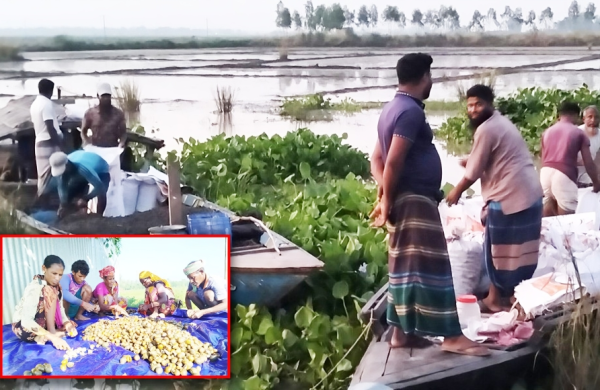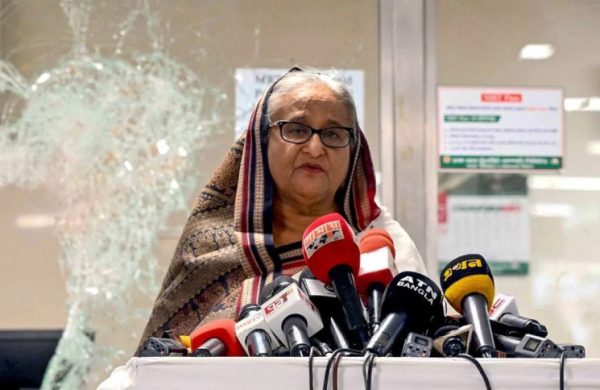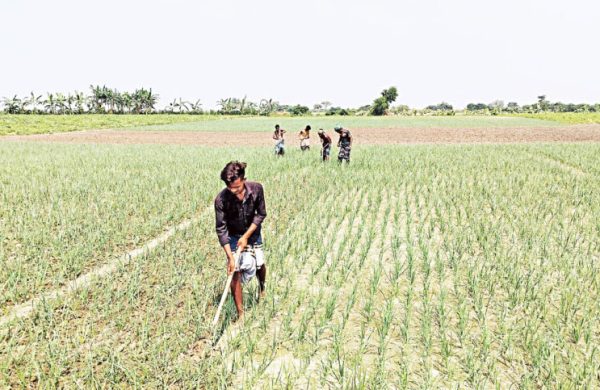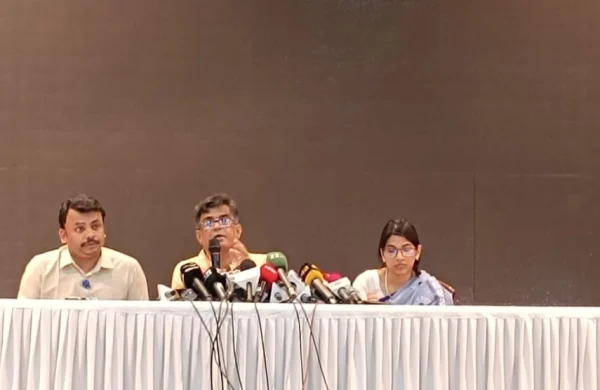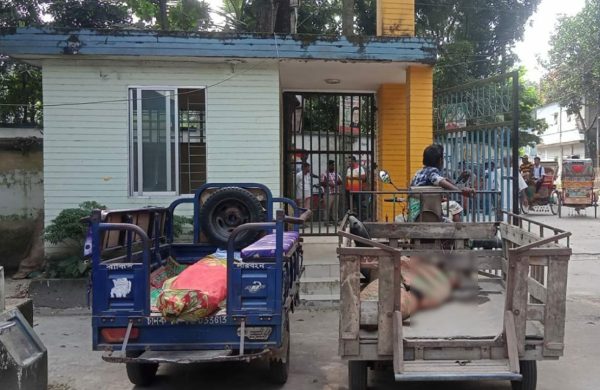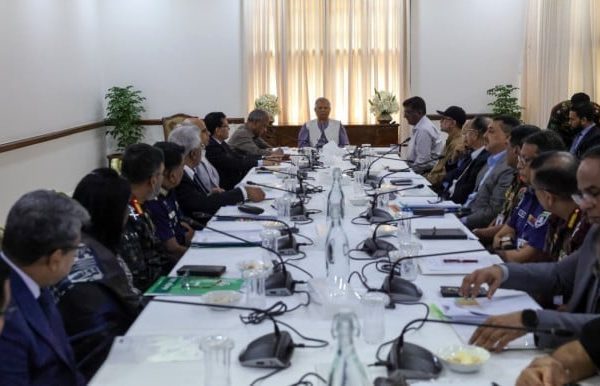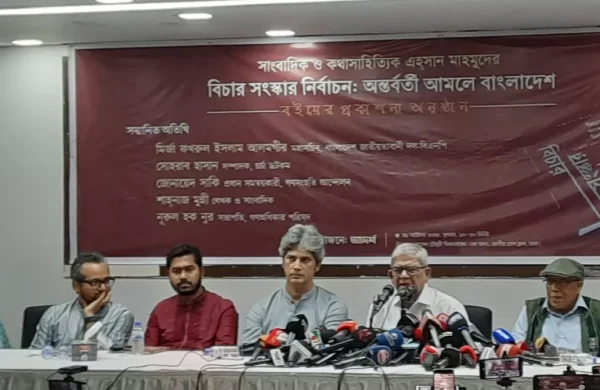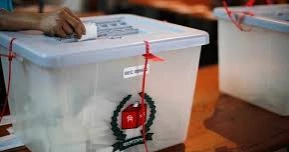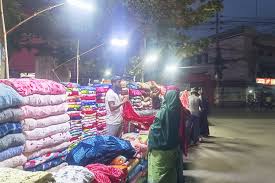Khulna cattle farmers expect profitable business ahead of Eid-ul-Azha
- Update Time : Wednesday, May 21, 2025
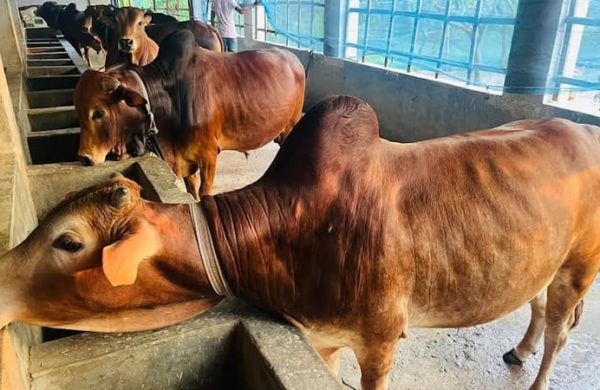
Khulna Correspondent:
Cattle farmers across the Khulna division are anticipating a successful Eid-ul-Azha this year, as the market for sacrificial animals is showing signs of strong growth ahead of the festival.
According to the Department of Livestock Services (DoLS), this year 14.34 lakh sacrificial animals have been prepared across 10 districts of the division significantly exceeding the estimated demand of 10.47 lakh.
This figure marks a notable increase from last year, when 11.82 lakh animals were prepared and 8.09 lakh sold.
Farmers and officials are optimistic that business will be better this year, due to an improved situation regarding lumpy skin disease and a reduction in harmful chemical fattening practices, which had previously dampened consumer trust.
Dr. Nurullah Md Ahsan, director of DoLS in Khulna “Strict monitoring and improved animal health have contributed to farmers’ confidence. With chemical fattening under control and lumpy skin cases declining, we expect to sell more than 10 lakh animals this season, with potential revenue of over Tk 9 crore.”
Out of the total animals prepared, 4.18 lakh are oxen, 0.46 lakh bullocks, 0.74 lakh cows, 0.06 lakh buffaloes, 8.39 lakh goats and 0.51 lakh sheep.
Around 2.21 lakh of these animals have been fattened using natural and safe methods, although the rising cost of feed has posed challenges for many farmers.
One such farmer, Mahtabuddin from Golna village in Dumuria upazila, began cattle farming as a hobby but has since turned it into a full-fledged business.
“This year, I’ve prepared 21 cows for sale, with 16 of them weighing between 600 and 900 kilograms,” he said. He reared the cows organically, using a mix of wheat, peas, lentils, and corn for nutrition, alongside straw and grass.
“The cost of feed and labour for each cow ranges between Tk 300 and Tk 450 daily, depending on their size,” Mahtabuddin explained. “Fattening costs have gone up by 30 to 40 percent this year due to rising feed prices.”
Prices for key feed ingredients such as wheat bran, lentils, and rice bran have increased significantly in recent months, straining farmers’ budgets.
Alauddin Sohag, a cattle farmer from Shoronkhola upazila in Bagerhat said “All types of dairy feed have become more expensive by Tk 300 to Tk 450 per bag. The cost of raising cattle has risen sharply compared to last year.”
Meat traders, too, are feeling the pressure. Md Robiul Hasan Munna, a meat seller in Khulna city’s Farazipara area, noted that each maund (37 kg) of dairy meat currently sells for about Tk 30,000.
“Given the increase in fattening costs, which range from Tk 24,000 to Tk 26,000 per maund, farmers need to sell at a minimum of Tk 4,000 to Tk 5,000 profit per maund to make their efforts worthwhile,” Munna said.
Despite the economic challenges, cattle rearing remain a profitable and growing venture in the region.
DoLS director highlighted the role of Eid-ul-Azha in supporting rural livelihoods, calling the festival “the biggest business opportunity of the year for cattle farmers.”
Farmers across all 10 districts of the division have been preparing extensively for the season: Khulna has readied 1,63,031 animals, Bagerhat 85,048, Satkhira 1,00,601, Jashore 1,14,574, Jhenidah 2,63,129, Magura 81,473, Narail 54,585, Kushtia 2,00,948, Chuadanga 1,99,436 and Meherpur 1,71,753.
While illegal cattle entry from across the border remains a concern, strict vigilance by the Border Guard Bangladesh (BGB) has helped protect the local market, encouraging more farmers to invest in cattle rearing.
Officials noted that like previous years, online cattle markets will also be available, allowing farmers to connect with customers beyond their immediate localities and broaden their sales opportunities.
With rising demand and improved health practices, Khulna’s cattle farmers are looking forward to a prosperous Eid-ul-Azha, hoping their investment and hard work will pay off amid challenging market conditions.



